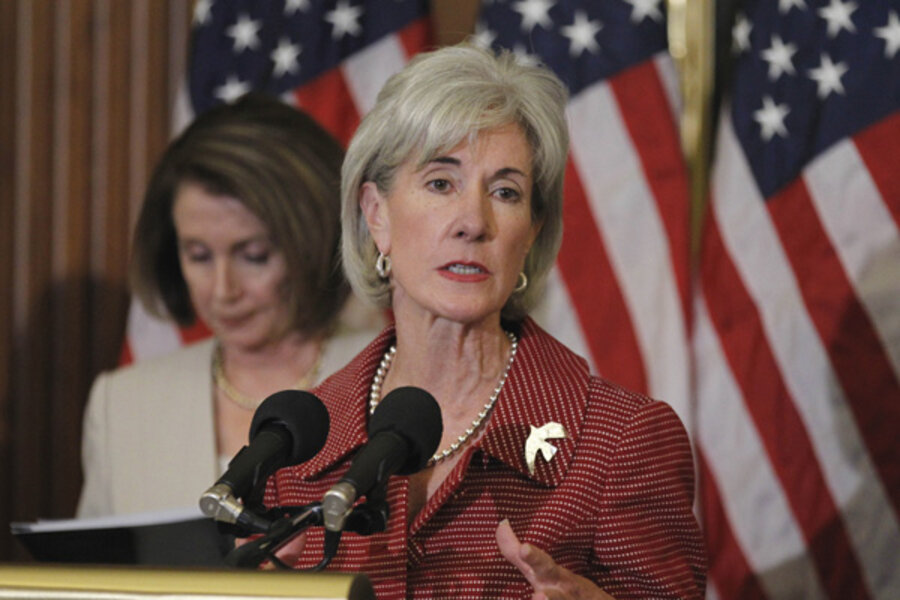Gaming the budget window: How much would funding Medicare payments really cost?
Loading...
Faced with continuing gridlock over a soup-to-nuts extenders bill, congressional leaders have gotten creative in their legislative strategy. Exhibit A is a stripped-down bill that passed the Senate by unanimous consent on Friday. This bill would temporarily reverse the 21% cut in Medicare physician payment rates that took effect earlier this month. The price tag for this six-month “doc fix” is a bit more than $6 billion over the next ten years.
To appear fiscally prudent, lawmakers want to pay for that spending by raising new revenues or reducing other spending. About $4 billion would come from changes to Medicare. The other $2 billion would come from allowing businesses to postpone contributions to their underfunded pension plans.
Yes, you read that correctly. In the strange world of Washington budgeting, lawmakers can pay for new spending by making it easier for corporations to underfund employee pensions.
You might think this move would worsen the budget situation since the government insures pensions through the Pension Benefit Guarantee Corporation. And you would be right. If firms put off needed contributions to their plans, the PBGC will be exposed to more losses, and future government spending will be higher (even if PBGC collects somewhat higher premiums because of the underfunding). Many of those losses won’t occur for years, however, and thus fall outside the 10-year window that Congress uses to evaluate the budgetary impacts of legislation.
And that’s not all. When companies make pension contributions, they get to deduct that money from their income. Lowering pension contributions for a few years would thus temporarily raise taxable corporate income and boost corporate tax revenues. But those tax gains would reverse once firms have to fund their pension plans. That’s why the pension provision would increase corporate tax revenues by about $6 billion through 2016 and then would lower revenues by about $4 billion in 2017 through 2020.
Over ten years, the net revenue gain would total about $2 billion, enough to cover the remaining costs of the six-month doc fix. But that’s only because we’d also lose about $2 billion in revenue outside the budget window. Taking those losses into account, the bill would generate essentially no net revenues.
The doc fix/pension underfunding bill would be “paid for” only because Congress would have managed to push both future spending increases and future revenue losses outside the budget window. Let’s hope such budget gaming isn’t the norm when Congress finally confronts our larger budget challenges.
Add/view comments on this post.
------------------------------
The Christian Science Monitor has assembled a diverse group of the best economy-related bloggers out there. Our guest bloggers are not employed or directed by the Monitor and the views expressed are the bloggers' own, as is responsibility for the content of their blogs. To contact us about a blogger, click here. To add or view a comment on a guest blog, please go to the blogger's own site by clicking on the link above.





